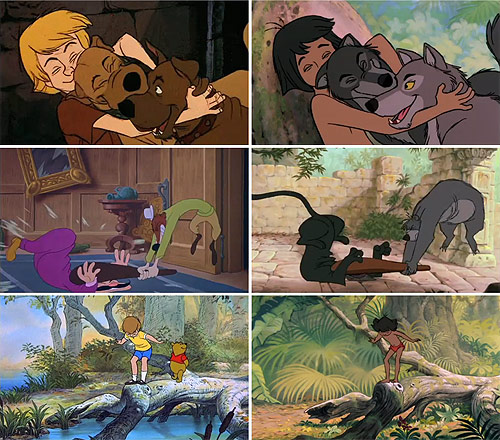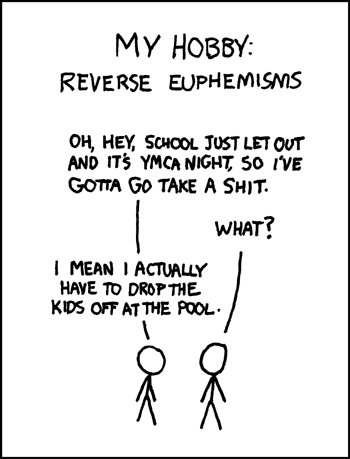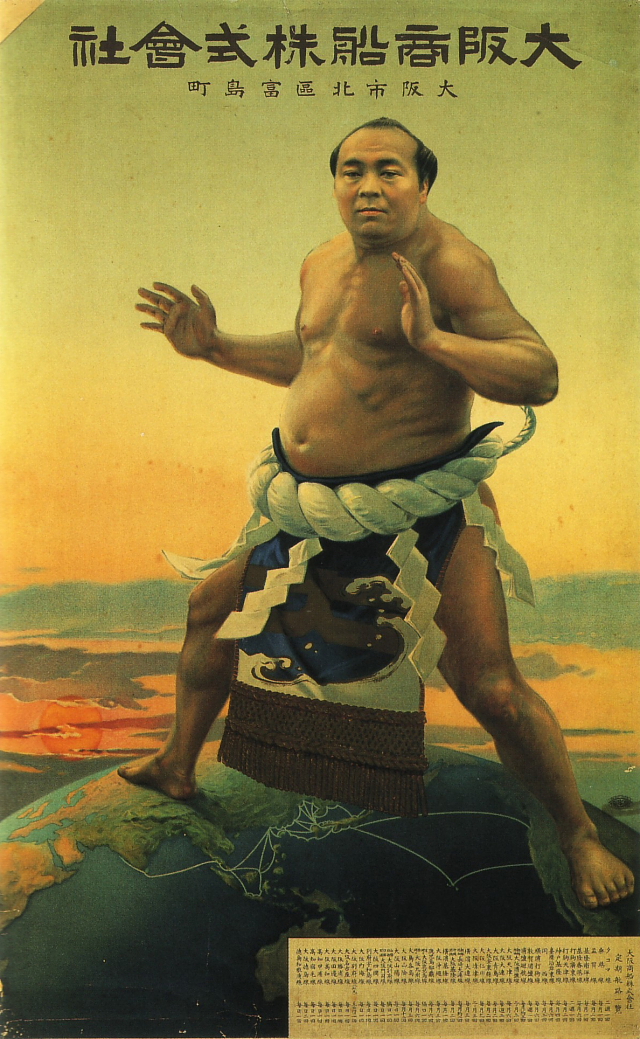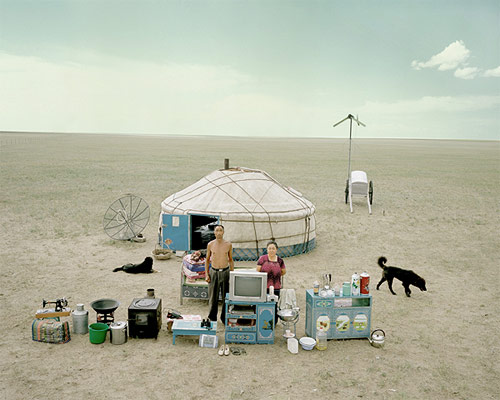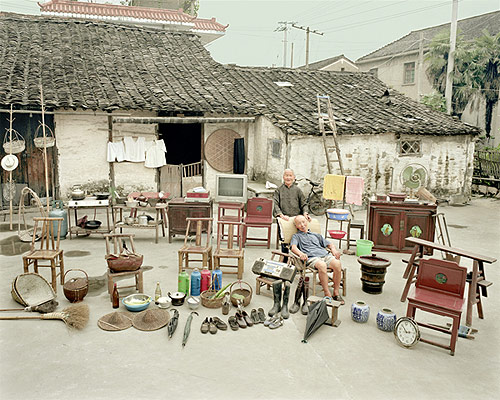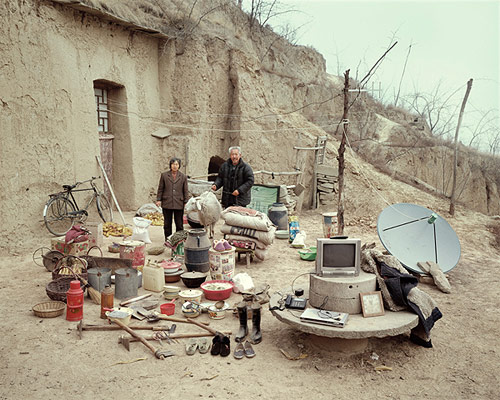Boris is clearly missing a trick with his public information. We need better tube posters. Here are a few etiquette posters that appeared in the Tokyo subways between 1976 and 1982 (more at the original post, via Pink Tentacle). * * * * *
 The Seat Monopolizer (July 1976)
The Seat Monopolizer (July 1976)
Inspired by Charlie Chaplin's "The Great Dictator," this poster tells passengers not to sit like idiots.
* * * * *
 Don't forget your umbrella (June 1977)
Don't forget your umbrella (June 1977)
This poster of the high-class courtesan Agemaki (from the kabuki play "Sukeroku"), whose captivating beauty was said to make men forgetful, is meant to remind passengers to take their umbrellas when they leave the train.
* * * * *
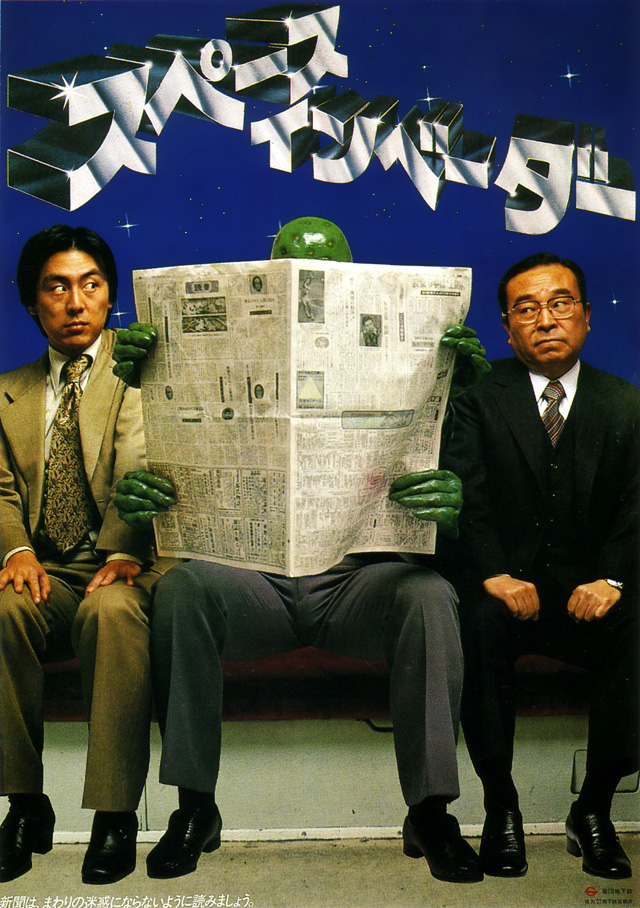 Space Invader (March 1979)
Space Invader (March 1979)
This 1979 poster has a fairly simply play on words. If you can't work it out, I can't help you.
* * * * *
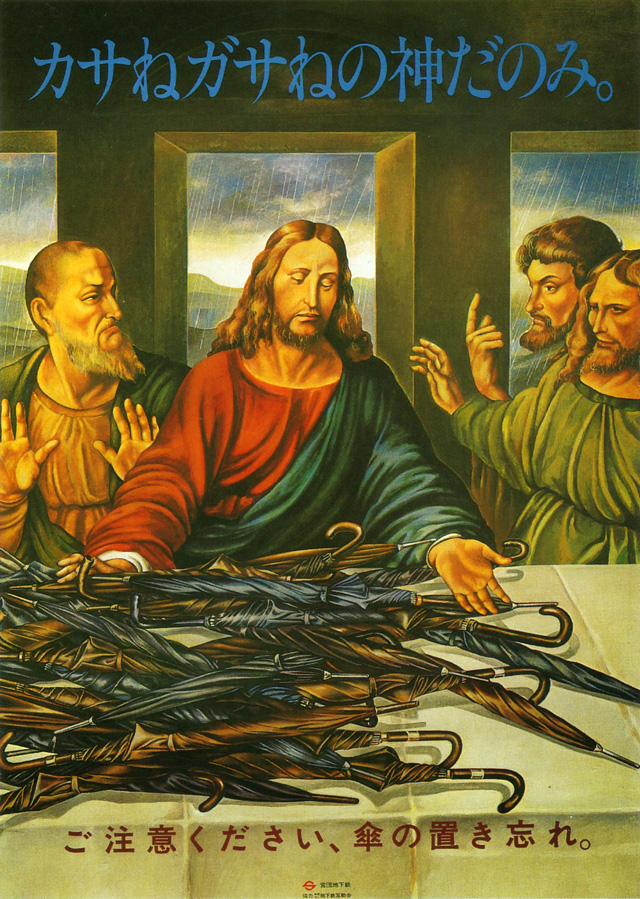 Don't forget your umbrella (October 1981)
Don't forget your umbrella (October 1981)
The text at the top of this poster reads "Kasane-gasane no kami-danomi" (lit. "Wishing to God again and again"). The poster makes a play on the words "kasa" (umbrella) and "kasane-gasane" (again and again). Doubting Thomas looks pretty freaky.
* * * * *
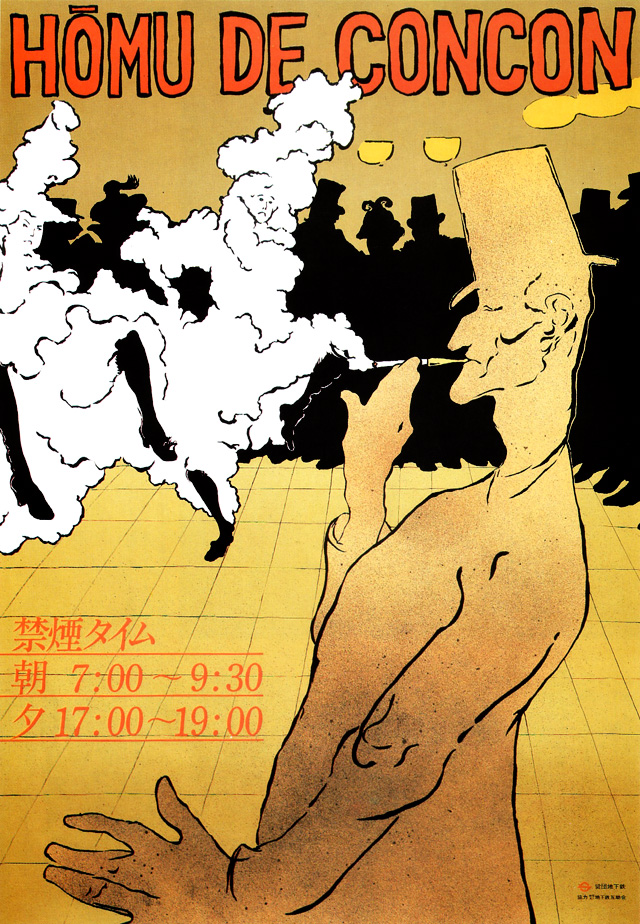 Coughing on the platform (January 1979)
Coughing on the platform (January 1979)
Modeled after the paintings of Henri de Toulouse-Lautrec, this poster -- titled "Hōmu de Concon" (coughing on the platform) -- urges people not to smoke on the train platforms during the designated non-smoking hours (7:00-9:30 AM and 5:00-7:00 PM). The poster makes a play on the words "concon" (coughing sound) and "cancan" (French chorus line dance).
* * * * *
 Clearly show your train pass (September 1978)
Clearly show your train pass (September 1978)
Napoleon's partially concealed train pass is meant to remind passengers to clearly show their train passes to the station attendant when passing through the gates. The dictionary page in the background is a reference to Napoleon's famous quote: "The word 'impossible' is not in my dictionary."
* * * * *
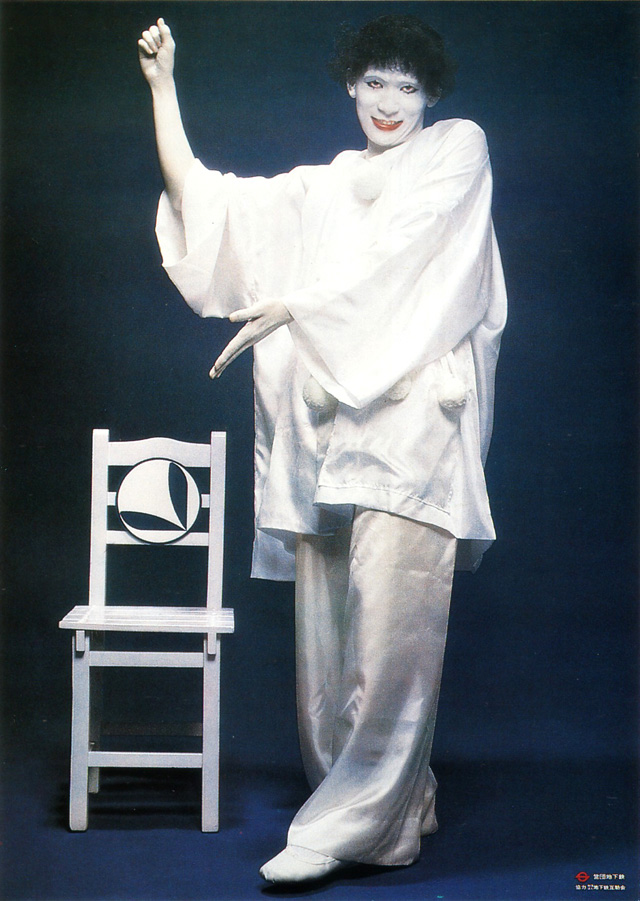 Marcel Marceau (October 1978)
Marcel Marceau (October 1978)
Marcel Marceau gestures toward a priority seat reserved for elderly and handicapped passengers, expecting mothers, and passengers accompanying small children. He makes me afraid of clowns.





